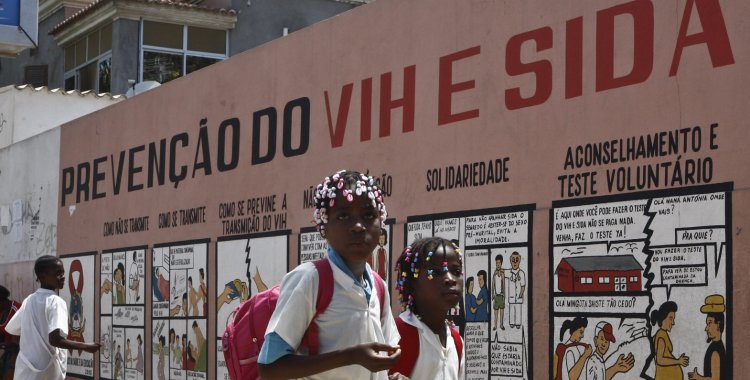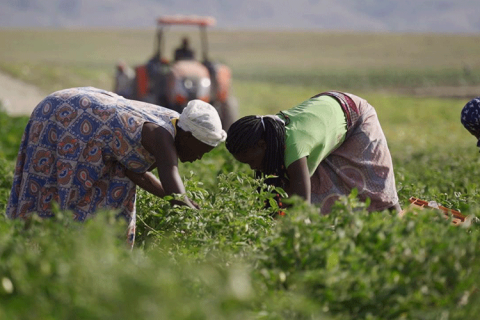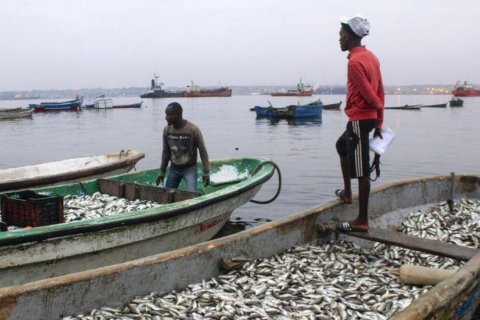The data comes from a report on the AIDS situation in Angola, to which Lusa had access, according to which HIV/AIDS (Human Immunodeficiency Virus/Acquired Immunodeficiency Syndrome) in the country affects 2 percent of the population, with an increase in number of new cases and deaths.
"Despite the low prevalence, the country has difficulties in responding to the epidemic and the situation is worrying and could evolve into an alarming situation if urgent measures are not taken", warns ANASO.
ANASO, which includes more than 300 civil society organizations, states that rapid population growth indicates that the number of people living with HIV/AIDS has been increasing, estimating that there are currently 340 thousand infected people, of which 190 thousand are women and 35 thousand are children.
Around 34 thousand young people are living with HIV, of which 73 percent are girls between 15 and 24 years old, adds.
ANASO highlights that many people are abandoning antiretroviral treatment "because of hunger and other social difficulties", as many of those infected are low-income people.
"The dropout rate is over 52 percent", says, also highlighting that a large number of people with tuberculosis live with HIV.
Other data indicate that the HIV/Tuberculosis co-infection rate is over 50 percent and that the mother-to-child transmission rate in the country is one of the highest in the region (16 percent).
In geographic terms, the southern and eastern provinces have the highest rates of infection (5 percent), with the number of new HIV infections increasing (25 thousand/year) and the number of AIDS-related deaths also rising (13 thousand/year).
According to UNAIDS data, cited in the report, only 58 percent of people living with HIV know their serological status and only 49 percent of those infected are on antiretroviral treatment.
ANASO states that the national response to the AIDS epidemic has been essentially medicalized, based on the treatment of the population living with the disease and defends the development of a National Prevention Roadmap.
"The country must improve political leadership and coordination of actions and this involves defining the roles and responsibilities of the National Commission for the Fight against AIDS and Major Endemic Diseases and the National Institute for the Fight against AIDS", argues.
For ANASO, the National Commission to Fight AIDS must include partners and the community response must be led by civil society organizations and must be strengthened, which implies funding that does not currently exist.
ANASO draws attention to the need to improve the data, which is outdated, highlighting that the last survey of multiple health indicators was carried out in 2016.
On the other hand, it calls for an improvement in the supply chain of health products, "which is compromising efforts in the availability of inputs and creating a stock-out of antiretrovirals, reagents, tests, condoms and other health products", and regrets the lack of formal spaces for dialogue where civil society can discuss the issue of funds and financing.
"Unfortunately, we do not have representatives in the National Assembly, the Council of the Republic, the Economic and Social Commission or other formal spaces for dialogue, but we are working for the country to increase internal financing, through innovative financing mechanisms and new approaches, with greater participation from the private sector", indicates in the report.
For ANASO, it is necessary to reduce "financial dependence on international organizations that support more than 80 percent of the actions carried out by civil society and represent 40 percent of the expenses of the national response to the epidemic".







